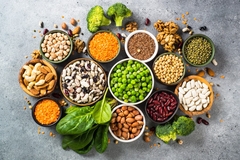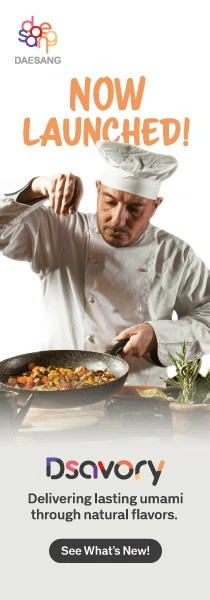Chr. Hansen and Kenyan Enterprise Develop Camel Cheese Recipes
Chr. Hansen, together with the Kenyan company Oleleshwa Enterprises Ltd, initiated a CSR project aiming to improve the living conditions of small-scale camel owners.
Thousands of camel owners in arid regions of Northern Africa, where two thirds of the world’s camels live, could benefit from products that can help them increase the use-value of their humpback livestock. Chr. Hansen, together with the Kenyan company Oleleshwa Enterprises Ltd, initiated a CSR project aiming to improve the living conditions of small-scale camel owners. The project focused on the development of basic knowledge about camel cheese production to enable camel owners to produce their own camel cheese.

The one-year project has now successfully concluded and several simple cheese recipes have been developed.
Pastoralist tradition combined with modern technology
Anne Bruntse, Director of Oleleshwa Enterprises Ltd, has driven the project and developed a manual with simple recipes for a variety of cheeses including a soft ripened cheese called “Camelbert”- all of them based on camel milk.
“Developing this manual has been a very educational and enjoyable exercise. We have learnt many new facts about the processing opportunities of camel milk. For instance the fact that just like the camel prefers hot weather, so does its milk work best with heat tolerant (thermophilic) cultures and hot processing temperatures,” says Anne Bruntse.
She adds: “We also found ways to incorporate local traditional technology in the cheese making process in pastoral areas where cooling facilities are not available – something that put a big proud smile on the faces of the pastoralists so far trained. Thus the recipes are a tribute and further development to all the efforts of the good people who have worked generations to find out what works in camel milk processing – both pastoralists and Chr. Hansen.
However there is still a lot more to learn and it is our hope that others will also feel free to share recipes and experiences in this field. A big thank you to all our partners and collaborators so far,” says Anne Bruntse.
Distributing free Camel Cheese Manual
The recipes have been designed to be applicable in rural areas by local camel owners. The cheese production steps have been collected in a short, simple and illustrated Camel Cheese Manual, which is available for download free of charge from Chr. Hansen's website. For those who plan to conduct training in cheese making in pastoral areas a Kenyan camel milk hygiene guide is also available. The hygiene manual has been developed by the Kenya ASAL Team*.
The printed manuals will be distributed in the coming months and training of rural communities in Northern Kenya will take place thanks to the contribution of Vétérinaires Sans Frontiéres Suisse, an NGO engaged in the fight against hunger and poverty.
Source: Chr. Hansen













